Terms of first rescue of AIG called 'unworkable' in audit; Billions spent needlessly, report says
 Tuesday, November 17, 2009 at 10:02PM
Tuesday, November 17, 2009 at 10:02PM The Federal Reserve's initial emergency plan last fall to save then-failing American International Group was so hastily put together and poorly structured that it resulted in billions of additional taxpayer dollars spent on the insurance giant, says a new report by a Treasury Department independent watchdog.
The plan - coordinated by then head of the Federal Reserve Bank of New York (FRBNY) Timothy F. Geithner, who now serves as Treasury secretary - allowed too much leverage to AIG counterparties while significantly handcuffing the Federal Reserve's negotiating power, according to an audit released Tuesday by Neil Barofsky, special inspector general for the Troubled Asset Relief Program (TARP).
"The decision to acquire a controlling interest in one of the world's most complex and troubled corporations was done with almost no independent consideration of the terms of the transaction or the impact that those terms might have on the future of AIG," the audit said.
The audit said that although the Federal Reserve's initial $85 billion credit line to AIG helped the firm settle with many of its counterparties - companies or people engaged in business contracts with the insurance behemoth and owed money - "its terms were unworkable."
The Fed failed to persuade most parties engaged in credit-default swaps with AIG to agree to certain concessions, forcing the Fed to pay full-market value of the swaps, an amount far above the going rate at the time.
"There is no question that the effect of the FRBNY's decision - indeed, the very design of the federal assistance to AIG - was that tens of billions of dollars of government money was funneled inexorably and directly to AIG's counterparties," the report said.
The Fed's interest rate to AIG was "so onerous" that it forced the Treasury Department weeks later to dole out an additional $40 billion to the company, the report said.
Treasury and the Federal Reserve, which were given advance copies of the audit, disagreed with much of the report and defended their participation in the AIG bailout.
Assistant Treasury Secretary for Financial Stability Herbert M. Allison Jr. said that although the audit provides a "useful history" of the AIG bailout, "we think the central lesson that should be learned from these events is overlooked by the report."
"The circumstances that forced the government to act developed extremely quickly," said Mr. Allison in a letter to Mr. Barofsky.
Federal Reserve lawyers said the agency did the best it could with the authority and legislative tools at its disposal at the time of the economic crisis last fall.
"The AIG situation highlights the need for strong, effective supervision of all systemically important financial firms," Federal Reserve lawyers said in a letter to Mr. Barofsky.
The motivation behind many of the Fed's actions in bailing out AIG was to improve the company's credit rating, a necessity if AIG was to avoid bankruptcy and survive. But such rationale "stands as a stark example of the tremendous influence of credit-rating agencies upon financial institutions and upon government decision making in response to financial crises," the audit said.
The document adds that the threat of further credit-rating downgrades caused by the oppressive terms of the deal led to further government intervention in AIG - including more than $180 billion in TARP bailout money.
The audit also criticized the Fed/AIG deal for lacking sufficient transparency. Fed officials initially refused to disclose the identities of the counterparties or details of the payments, warning that disclosure would undermine the stability of AIG and the financial markets, as well as compromise the privacy of AIG's business partners. Only after public and congressional pressure did AIG disclose the identities.
"Notwithstanding the Federal Reserve's warnings, the sky did not fall," the audit said.
AIG was awarded government assistance because financial regulators feared an economic meltdown if the company was allowed to go bankrupt. The action led AIG to be categorized as the poster child for corporations deemed "too big to fail."
A further public outcry aimed at AIG erupted in March when it was revealed that the company awarded at least $165 million in executive-bonus pay after receiving federal assistance.
The news prompted an uproar from Capitol Hill before former AIG Chief Executive Edward M. Liddy told a packed House committee hearing that he had asked employees to voluntarily give back at least half of their bonuses.
But a Barofsky report last month showed that AIG employees returned less than half of the $45 million in bonuses that they promised to repay in a good-will gesture.
Congress in recent months has drafted measures to overhaul federal regulation of Wall Street in an attempt to avoid more taxpayer-funded corporate bailouts.
The House this month passed a bill that would allow the government to step in and dismantle a failing company in a way designed not to collapse the economy. While "winding down" such firms would require taxpayer assistance, lawmakers say it would be far cheaper than offering Wall Street direct aid such as the controversial $700 billion TARP bailout approved by Congress last fall and signed by President George W. Bush.
The Senate banking committee last week introduced a similar measure, though it would go further than the House version in scaling back the powers of the Federal Reserve, which many lawmakers say contributed to the economic crisis.
Proposals in both chambers call for an independent watchdog agency to give consumers new protections against excessive credit-card rate and fee increases, predatory lending practices and deceptive mortgages that have helped fuel the nation's economic woes.






















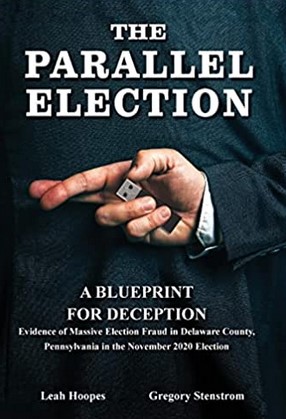



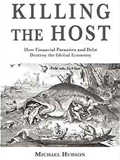





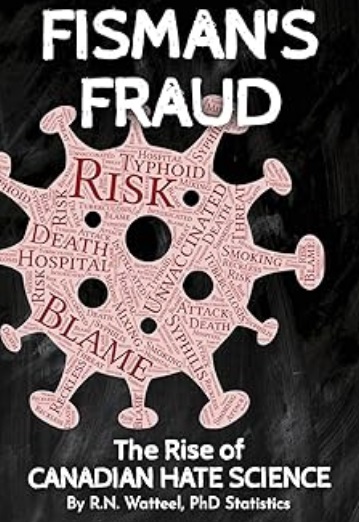






















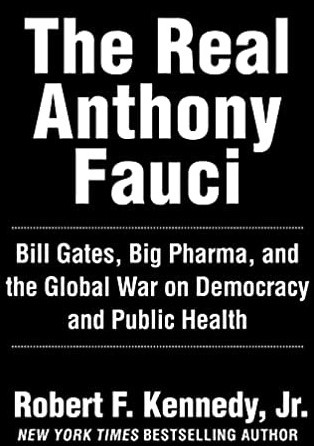


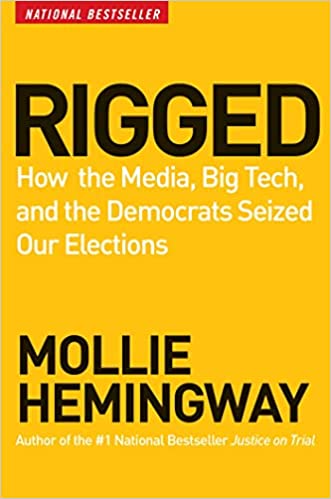







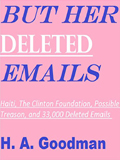


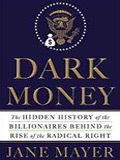










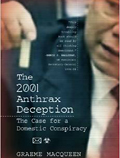






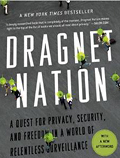




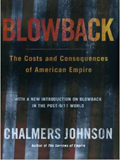




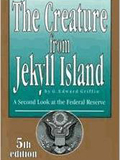




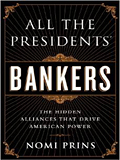


























Reader Comments